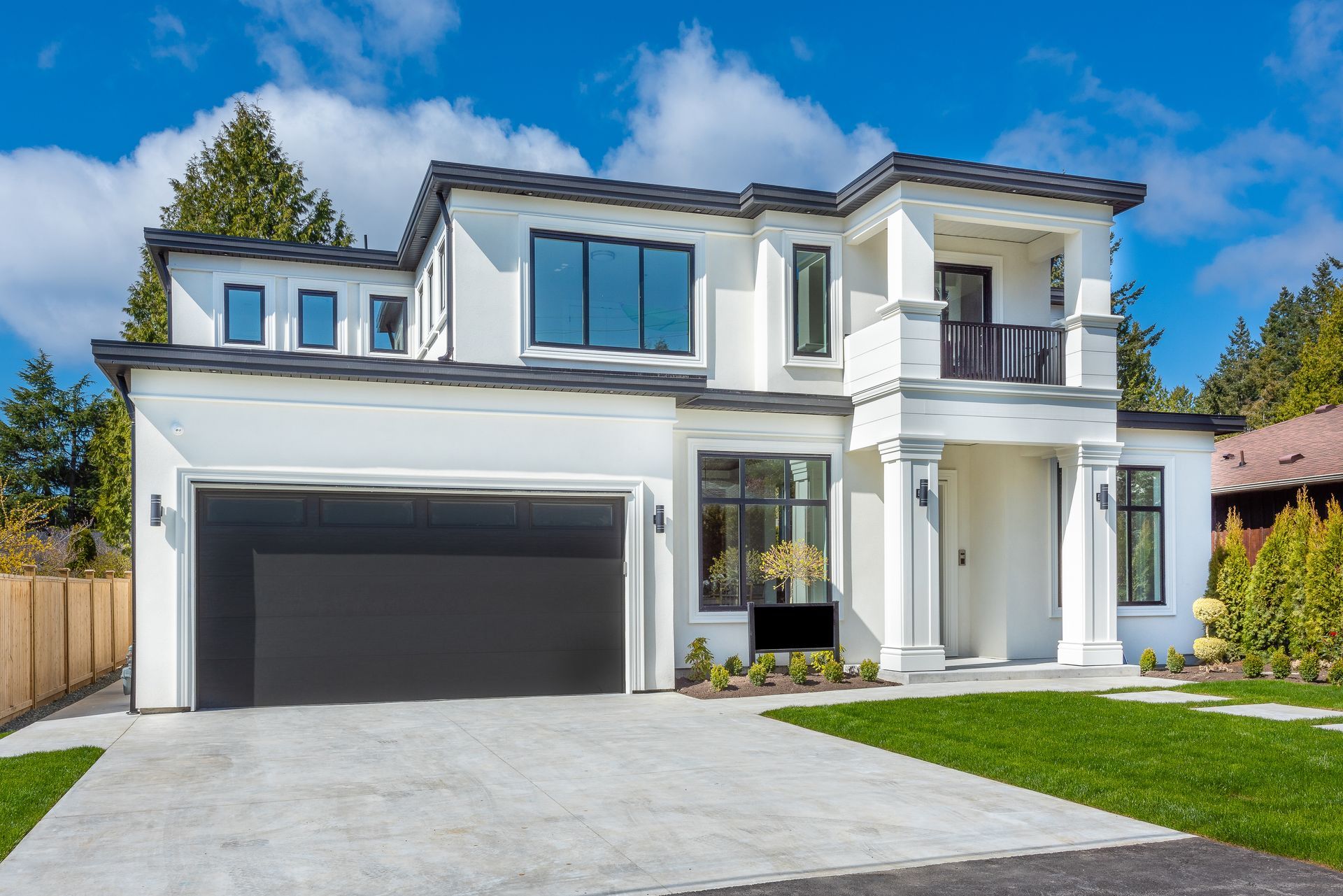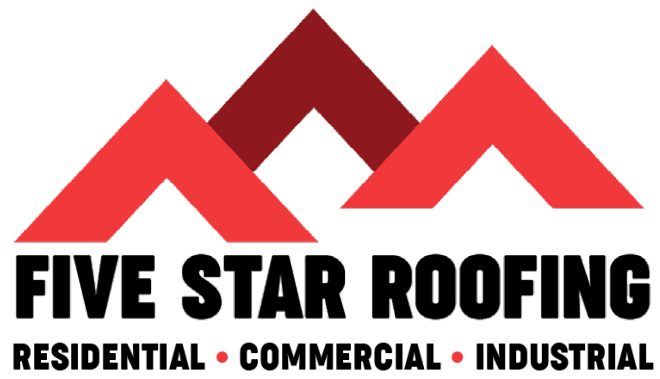low-slope and Flat ROOFing Systems
low-slope and Flat ROOFING SYSTEMS
You’ll hear “roofing talk” about EPDM, TPO, PVC, SBS/MBR, and BUR, but in layman’s terms, those are just words to explain materials used on flat roofing services of homes or businesses.

Let's understand the basics here first:
EPDM: Ethylene Propylene Diene Monomer
EPDM is a Single-Ply System. EPDM roofing membranes are made of a single-ply of synthetic rubber material, which is available in large sheets. The material is extremely durable, weather-resistant, and can withstand a range of temperatures and weather conditions.
EPDM roofing membranes are typically installed using one of three methods: ballasted, mechanically attached, or fully adhered. In a ballasted system, the EPDM membrane is loosely laid over the roof deck and then weighted down with rocks or other ballast. In a mechanically attached system, the EPDM membrane is fastened to the roof deck with screws and plates. In a fully adhered system, the EPDM membrane is bonded directly to the roof deck using adhesive.
One of the main benefits of EPDM roofing membranes is their longevity. They can last for up to 50 years with proper installation and maintenance. Additionally, EPDM roofing membranes are resistant to UV rays, ozone, and other environmental factors that can cause damage to other roofing materials.
EPDM roofing membranes are also known for their ease of installation, which can reduce labor costs and installation time. They are available in a variety of thicknesses and can be customized to fit the specific needs of each roofing project.
Overall, EPDM roofing membranes are a durable, long-lasting, and cost-effective option for low-slope and flat roof systems.
TPO: Thermoplastic Polyolefin
TPO is a Single-Ply System. TPO roofing membranes are made of a blend of ethylene-propylene rubber and polypropylene, which makes them strong, flexible, and durable. They are available in a variety of thicknesses and widths, and can be installed using a variety of methods including mechanically attached, fully adhered, and ballasted.
One of the main benefits of TPO roofing membranes is their energy efficiency. They reflect UV rays and heat, which helps to reduce cooling costs during hot weather. Additionally, TPO roofing membranes are resistant to punctures, tears, and chemicals, which makes them a popular choice for industrial and commercial roofs.
TPO roofing membranes are also known for their ease of installation, which can reduce labor costs and installation time. They are also available in a variety of colors, including white, gray, and tan, which allows for greater design flexibility.
Overall, TPO roofing membranes are a durable, energy-efficient, and cost-effective option for commercial and industrial roofing applications, and they are starting to make their way into the residential side of roofing.
PVC: Polyvinyl Chloride
PVC is a Single-Ply System. PVC roofing membranes are made of a single layer of PVC material that is reinforced with polyester or fiberglass. The material is available in large sheets and can be installed using a variety of methods, including mechanically attached, fully adhered, or ballasted.
One of the main benefits of PVC roofing membranes is their durability. They are resistant to punctures, tears, and chemicals, and can withstand a range of temperatures and weather conditions. PVC roofing membranes are also fire-resistant and have a Class A fire rating.
PVC roofing membranes are also known for their energy efficiency. They reflect UV rays and heat, which helps to reduce cooling costs during hot weather. Additionally, PVC roofing membranes are available in a variety of colors, including white, tan, and gray, which allows for greater design flexibility.
PVC roofing membranes are easy to install and require minimal maintenance. They can last for up to 30 years with proper installation and maintenance.
Overall, PVC roofing membranes are a durable, energy-efficient, and cost-effective option for commercial and industrial roofing applications.
SBS/MBR: Modified Bitumen
SBS/MBR is a 2-Ply SYstem. SBS roofing membranes are made of a mixture of asphalt and SBS rubber, which gives them a high level of flexibility and durability. The material is available in rolls and can be installed using a variety of methods, including torch-applied, cold-applied, or self-adhering.
One of the main benefits of SBS roofing membranes is their ability to withstand extreme weather conditions. They are resistant to UV rays, ozone, and other environmental factors that can cause damage to other roofing materials. SBS roofing membranes also have excellent waterproofing properties and can withstand heavy foot traffic.
Overall, SBS roofing membranes are a flexible, durable, and long-lasting option for low-slope and flat roof systems. They are ideal for commercial and industrial roofing applications that require a high level of performance and durability.
BUR: Built-Up Roof
BUR is a 3 or 4-Ply System. “Building Up” of layers involving asphalt, tar, or other materials to provide durability and protect from water seepage. This method is fading in popularity as it uses hot tar in kettles that poses safety concerns other methods don't.
It is difficult to compare the pros and cons of flat roofing products as each flat roof will have its own unique requirements, so you have to treat it differently than a sloped roof.
Talk with the Five Star Roofing experienced team to see which flat roofing membrane is best suited for your property.
Contact
Five Star Roofing Corp
Calgary: (403) 999-6198
Edmonton: (780) 652-2198
hello@fivestarroofingcorp.ca

All Rights Reserved |Five Star Roofing Corp. | Privacy | Powered by Aletheia Digital
